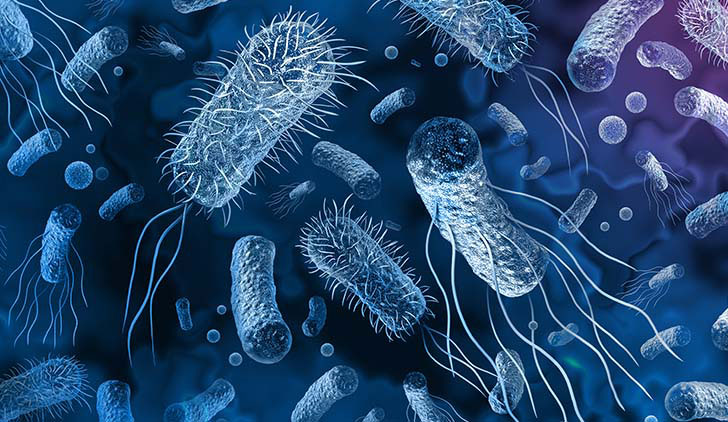
As we enter a fresh new year, the time is right to brush up on tips for good hygiene and behaviors that can help prevent viruses and bacteria from spreading to food. Read on to learn about the “Big 5” foodborne pathogens, common symptoms of foodborne illnesses and what to do if you’re sick.
What are the “Big 5”? The “Big 5” is a group of very contagious foodborne pathogens. They can be easily transmitted, especially by people working with food, and cause severe illness. The “Big 5” includes norovirus, hepatitis A, salmonella typhoidal and nontyphoidal, shigellosis and Shiga toxin-producing Escherichia coli.
What causes foodborne illness? Foodborne illness, otherwise known as food poisoning, is caused by more than 40 different kinds of bacteria, viruses, parasites and molds that can occur in food.
What is a foodborne illness outbreak? When 2 or more confirmed cases of a similar illness result from people eating food contaminated by the same source, it’s labeled an outbreak.
Who is affected by foodborne illness? Everyone is at risk for foodborne illness. Some people are highly susceptible and more likely to experience a severe case if they’re pregnant or otherwise immunocompromised, preschool-aged children or older adults who get food from places like assisted living facilities, nursing homes or childcare centers.
What are the common symptoms of foodborne illness? Typical symptoms include diarrhea and/or vomiting, jaundice, sore throat with fever and infected cuts or wounds.
How can foodborne illness be prevented? Foodborne illness can be prevented primarily by not working around food if you are sick, properly washing hands and not touching ready-to-eat foods with bare hands.
What should you do if you’re sick? People who feel ill should not go to work, especially if they work with food, and should report foodborne illnesses and symptoms to their manager.


